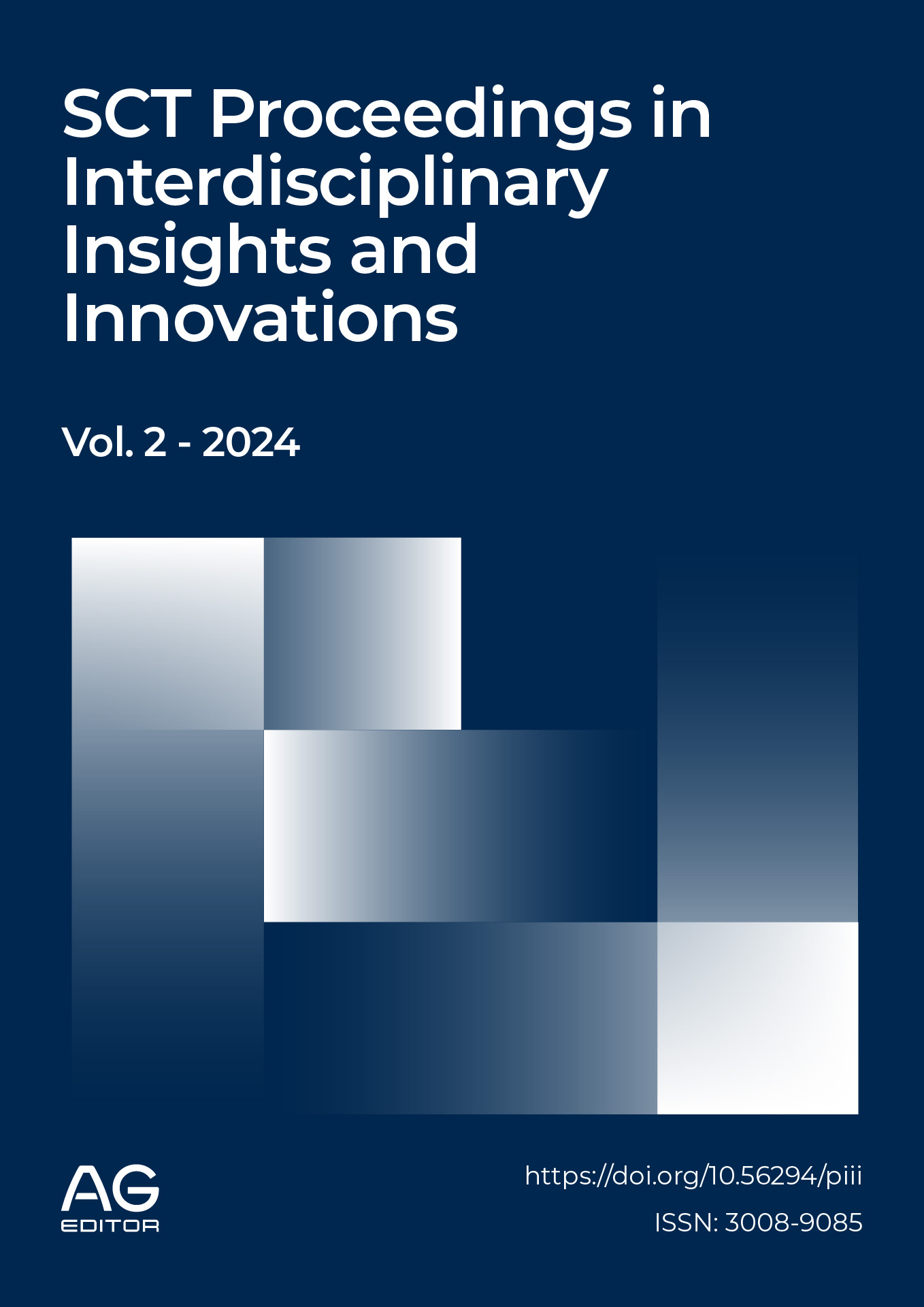An approach from the perspective of military legislation in Central America
DOI:
https://doi.org/10.56294/piii2024.135Keywords:
Colonial militias, military administration, army, liberalism in Cádiz, military jurisdictionAbstract
Introduction: The analysis focused on the transformation of the military system in Central America based on the study of two key documents: the Orders to establish Battalions and Squadrons in the Kingdom of Guatemala (1802) and the Regulations of the National Militias (1820). These texts reflected the transition from the colonial system, based on monarchical loyalty, to a liberal model based on citizen representation. The context in which they emerged, their content and their impact on the military administration and the social structure of the time were examined.
Development: The 1802 document, drawn up under the authority of Captain General Antonio González Mollinedo de Saravia, sought to reorganize the militias in response to conflicts with Great Britain. Its content granted privileges to the militiamen, such as military jurisdiction and tax exemptions, with the aim of ensuring their loyalty to the Crown.
On the other hand, the Regulations of 1820, enacted in the context of the Constitution of Cádiz, established the National Militia with a more civic character and subordinate to local authorities. Unlike the previous text, this document eliminated military jurisdiction and promoted legal equality among soldiers.
Conclusions: The study of these documents allowed us to understand the evolution of military power in Central America and its relationship with politics. While the 1802 text reflected a concessionary strategy to strengthen monarchical loyalty, the 1820 text imposed a model that linked the armed forces to the structure of the liberal state.
Downloads
Published
Issue
Section
License
Copyright (c) 2024 Leonel Armando Hernández Sánchez (Author)

This work is licensed under a Creative Commons Attribution 4.0 International License.
The article is distributed under the Creative Commons Attribution 4.0 License. Unless otherwise stated, associated published material is distributed under the same licence.





